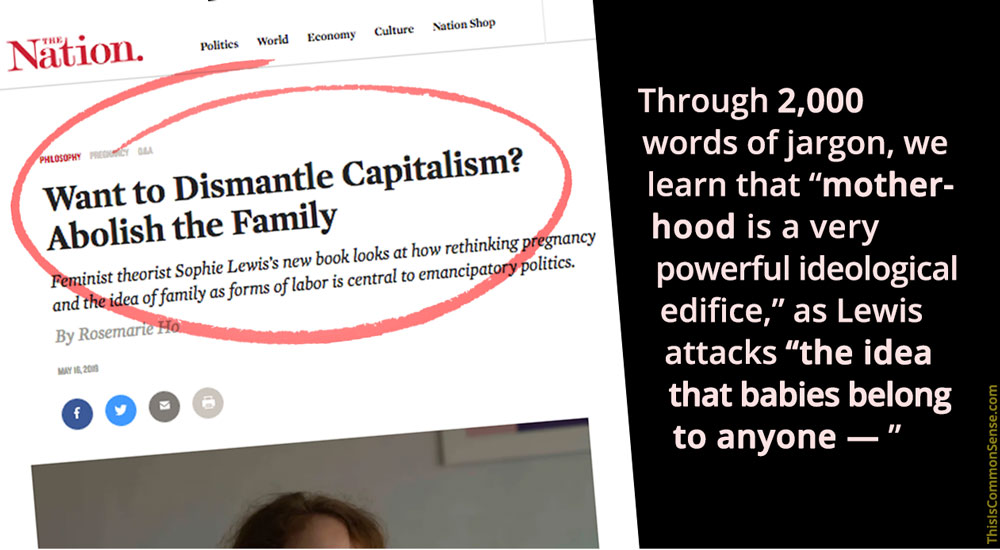Seventy-three.
That’s the number that stood out to me in George Will’s Sunday column, “Anti-Asian racism disguises itself as ‘diversity.’”
Seventy-three percent of the smart students at Thomas Jefferson High School happen to be Asian. TJHS is a highly-rated STEM magnet school in Virginia’s Washington, D.C. suburbs, where entry had, until recently, been based on an admissions exam.
That’s more than three times the percentage of Asian Americans among Fairfax County, Virginia, public school students.
European-American students make up the largest racial block at 38 percent, but account for only 18 percent of attendees at this elite high school. Hispanics represent 27 percent of all students and African Americans 10 percent, but garnered, respectively, 3 and 1 percent of the coveted slots.
Are educators specifically advantaging Asian kids?
Well, more than 80 percent of Fairfax County teachers are white, 7 percent black and only 5 percent Asian, says a separate Post report. Asian privilege seems unlikely.
So . . . what are Asian American students doing differently?
Studying?
Will recounts complaints by the county superintendent about Asian American parents spending too much on test preparation and the Virginia Secretary of Education compared such studying to using “performance enhancing drugs” in sports.
Another factor in having “crazy” parents who obsess about their children doing well in school could be doubling the odds by having not one, but two parents — not to mention an extended family structure. Among blacks, Hispanics and whites, out-of-wedlock births account for 69, 52 and 28 percent of all births, respectively. But for Asian Americans, out-of-wedlock births are under 12 percent.
One can jigger the rules for getting into TJ High. Sure.
Jiggering the rules for getting ahead in life? Much harder.
This is Common Sense. I’m Paul Jacob.
—
See all recent commentary
(simplified and organized)










